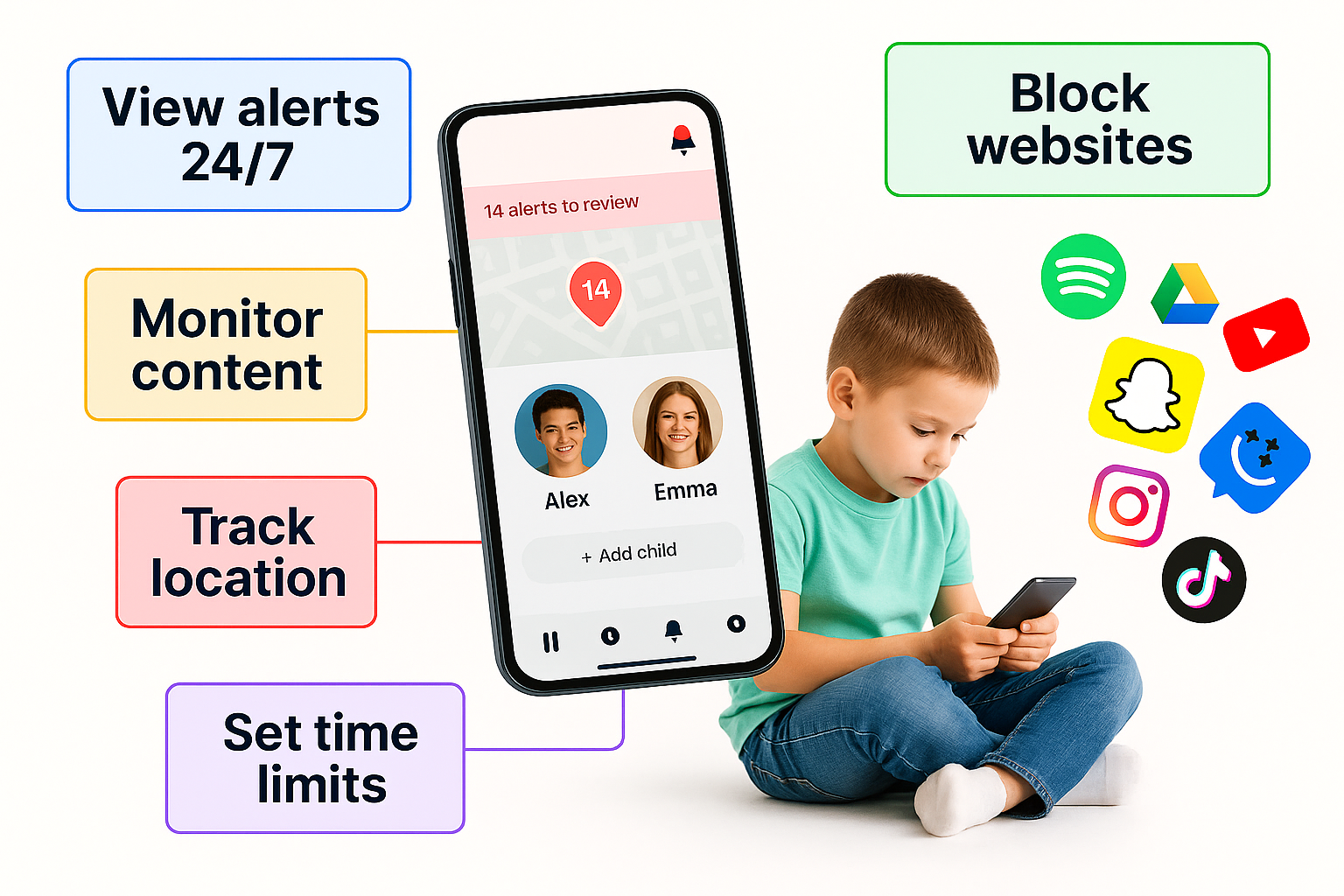The Future of Digital Parenting: What 2026 Could Look Like
Technology doesn’t wait for anyone — and parenting has officially gone digital. From AI-powered parental controls to emotion-sensing devices, the way families interact with tech is about to transform. Let’s explore what’s coming by 2026 — and what it means for your kids.
1. AI-Driven Parental Controls
Next-generation parental tools will use machine learning to predict risky behavior before it happens. Instead of just blocking websites, these systems will alert you when your child’s mood shifts based on chat patterns or sleep habits.
What it means:
Parental control becomes proactive, not reactive.
2. Digital Wellness Scores
Imagine your child’s phone showing a “wellness score” based on balanced screen habits — similar to a fitness tracker. Several startups are already testing digital health dashboards for families.
Benefit:
Visual feedback encourages self-regulation, not punishment.
3. Smart Glasses & AR Safety
With augmented reality (AR) on the rise, kids won’t just use screens — they’ll wear them. Expect family-friendly AR filters, parental modes, and physical safety alerts (like “look up” warnings while walking).
Parental challenge:
Teaching awareness in blended realities.
4. Emotionally Intelligent Devices
By 2026, smart devices will detect stress or overstimulation using tone and facial cues, nudging kids to take mindful breaks.
Parent tip:
Encourage mindfulness over micromanagement — tech should assist, not replace parenting.
5. The Rise of “Digital Citizenship” Classes
Schools will treat digital literacy like math. Lessons will include privacy awareness, healthy online behavior, and emotional regulation — bridging the gap between home and classroom.
How to Prepare Today
- Choose devices that emphasize balance, not just filters
- Talk about why rules exist, not just what they are
- Model curiosity about tech — learn alongside your child
- Encourage digital downtime as a family ritual
By 2026, the line between digital and real life will blur even more. But the heart of parenting won’t change: guiding kids toward balance, empathy, and critical thinking — no matter what the device looks like.

